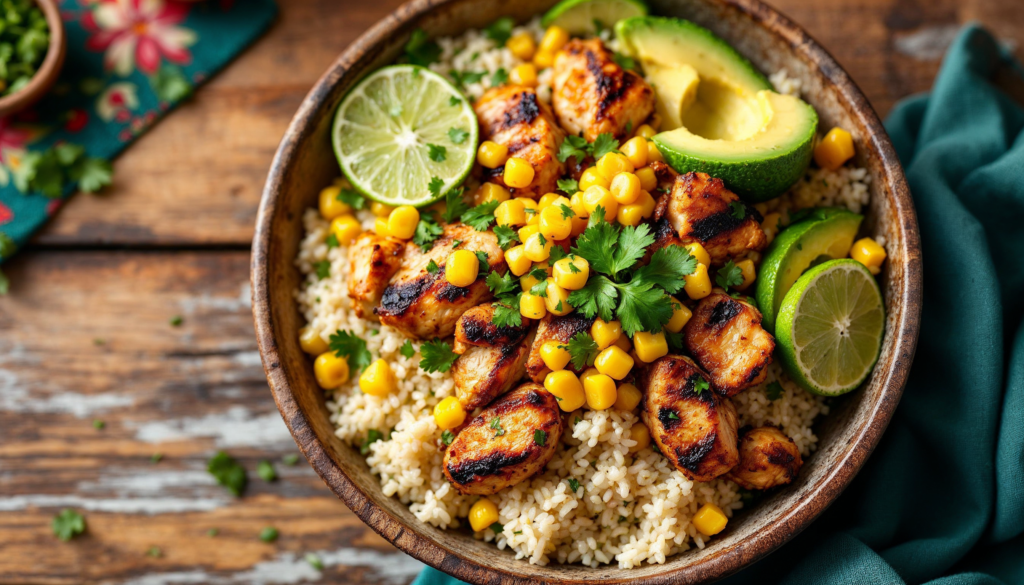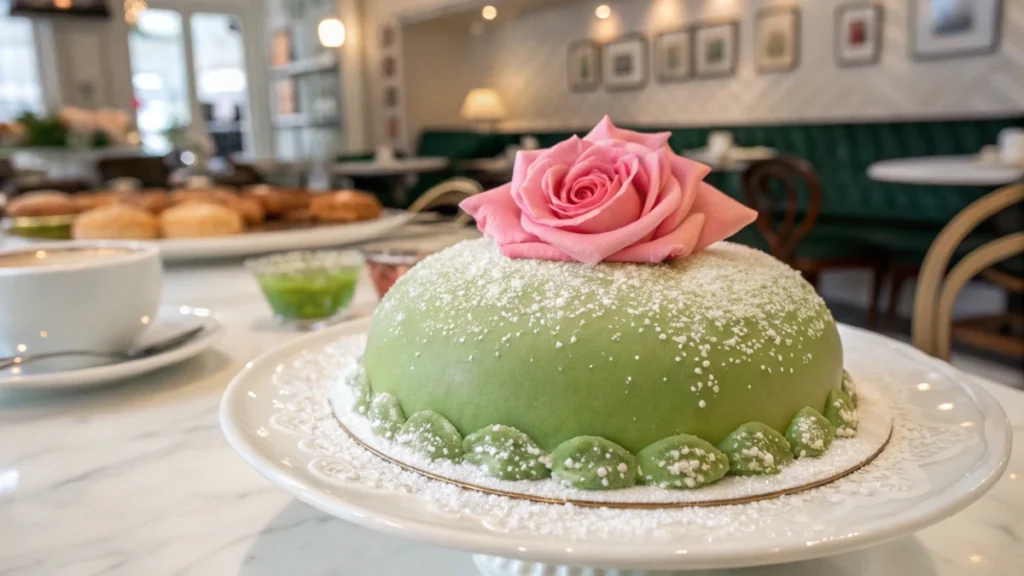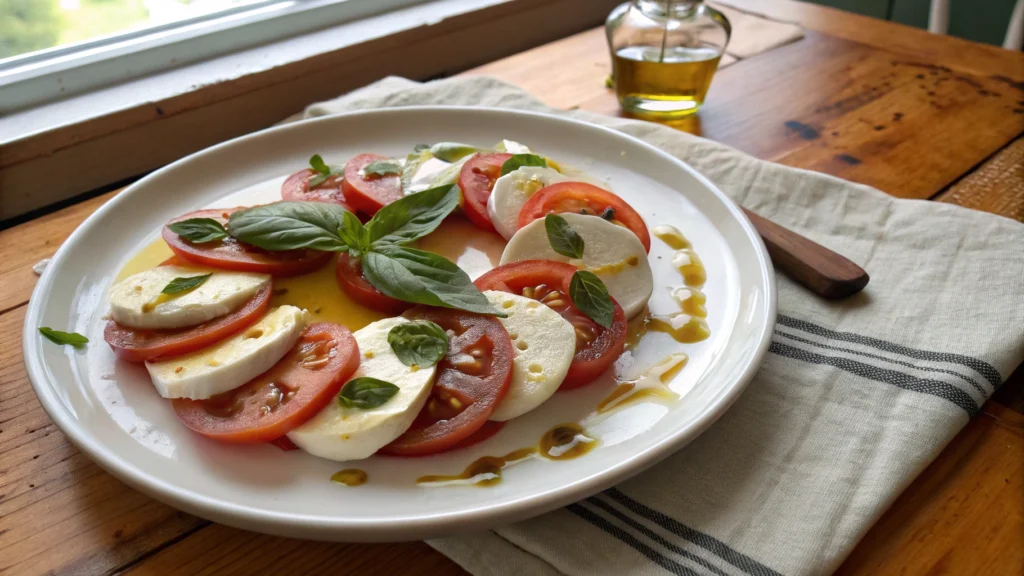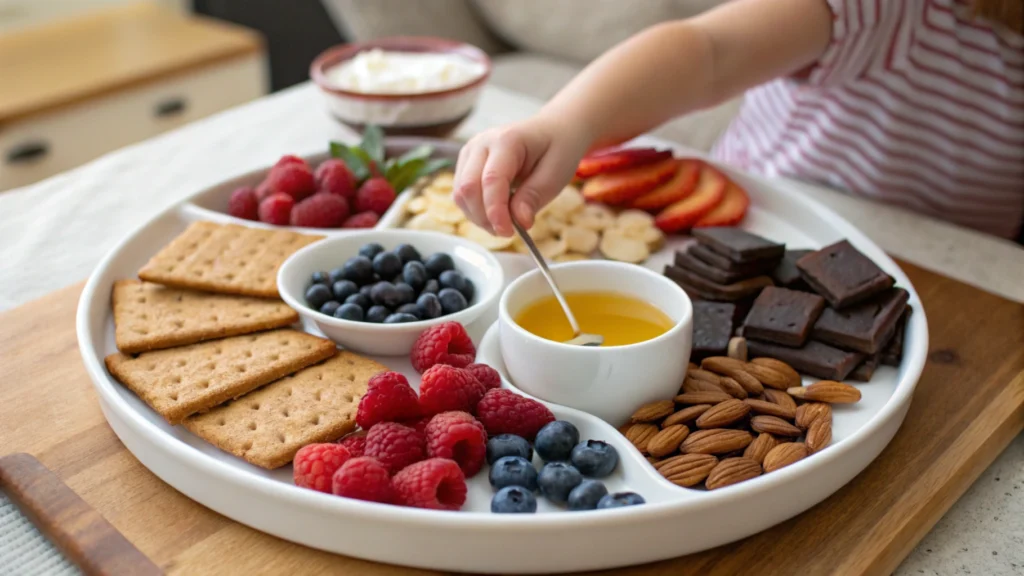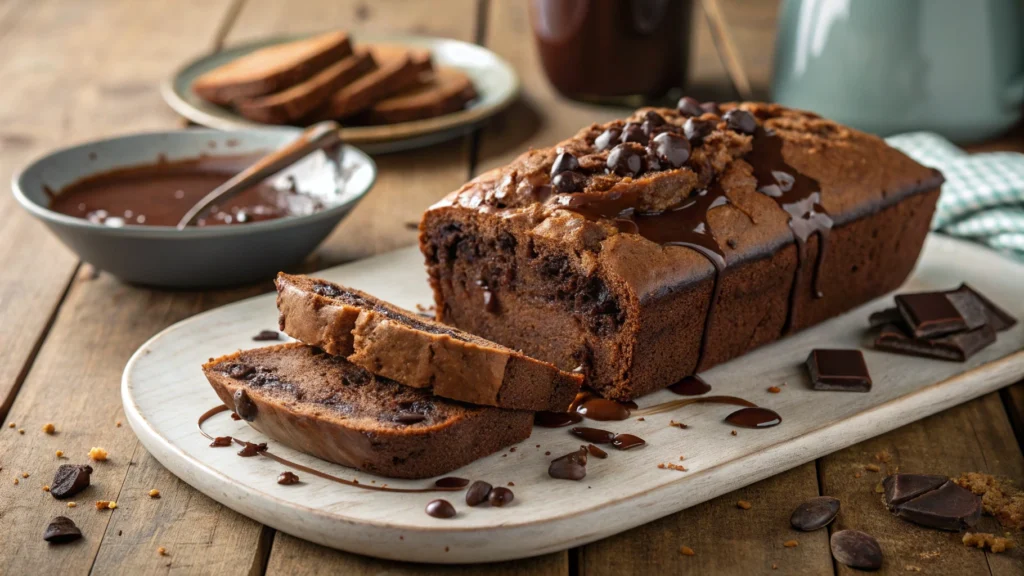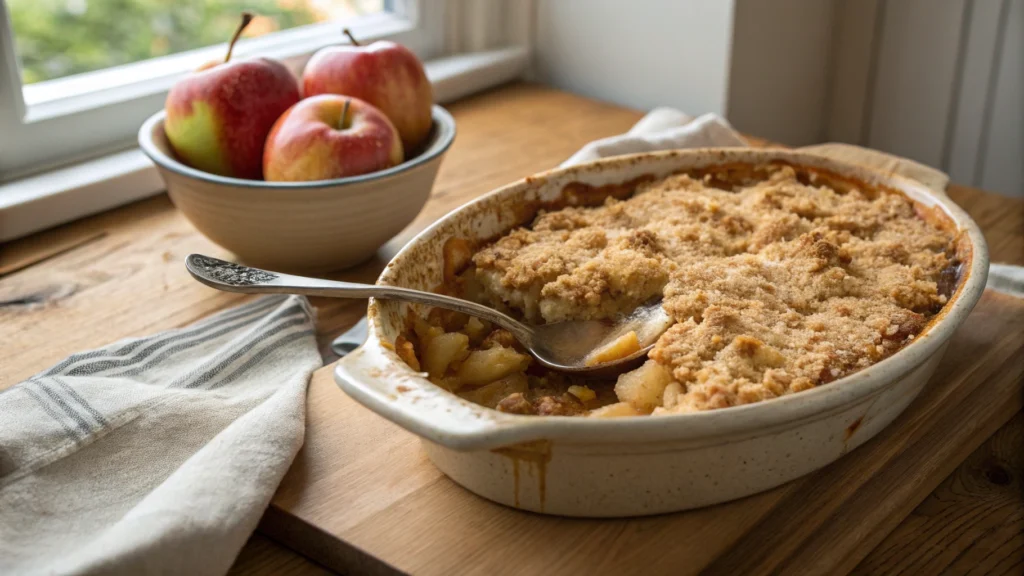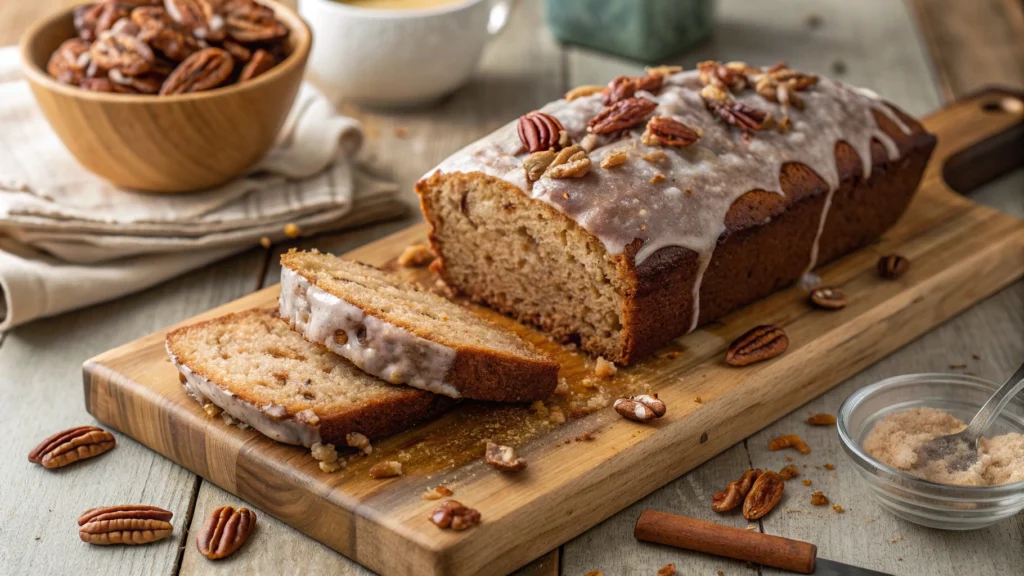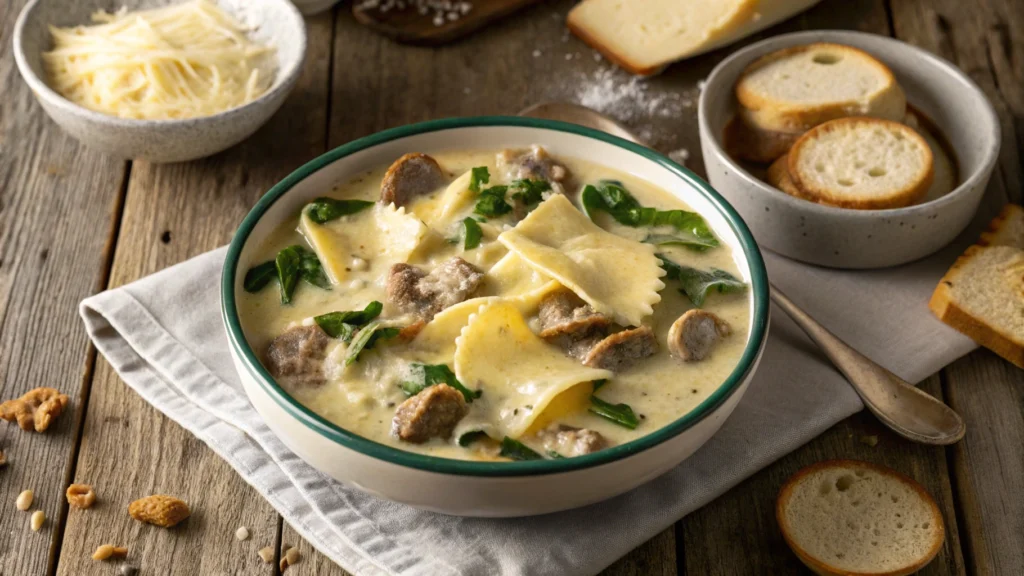Ultimate Guide to Crafting the Perfect Street Corn Chicken Rice Bowl
There’s something magical about a bowl that brings everything together—bold flavor, texture, and a whole lot of comfort. And the Street Corn Chicken Rice Bowl? It’s the very definition of a satisfying, zesty meal that’s as customizable as it is delicious. In this ultimate guide, we’re diving headfirst into everything you need to know about this flavor-packed street corn chicken rice bowl. From the essential components like creamy elote-style corn and grilled chicken to the best rice base and tasty variations, you’ll learn how to turn a humble bowl into a crave-worthy masterpiece. We’ll also touch on nutritional tips, meal … Read more
